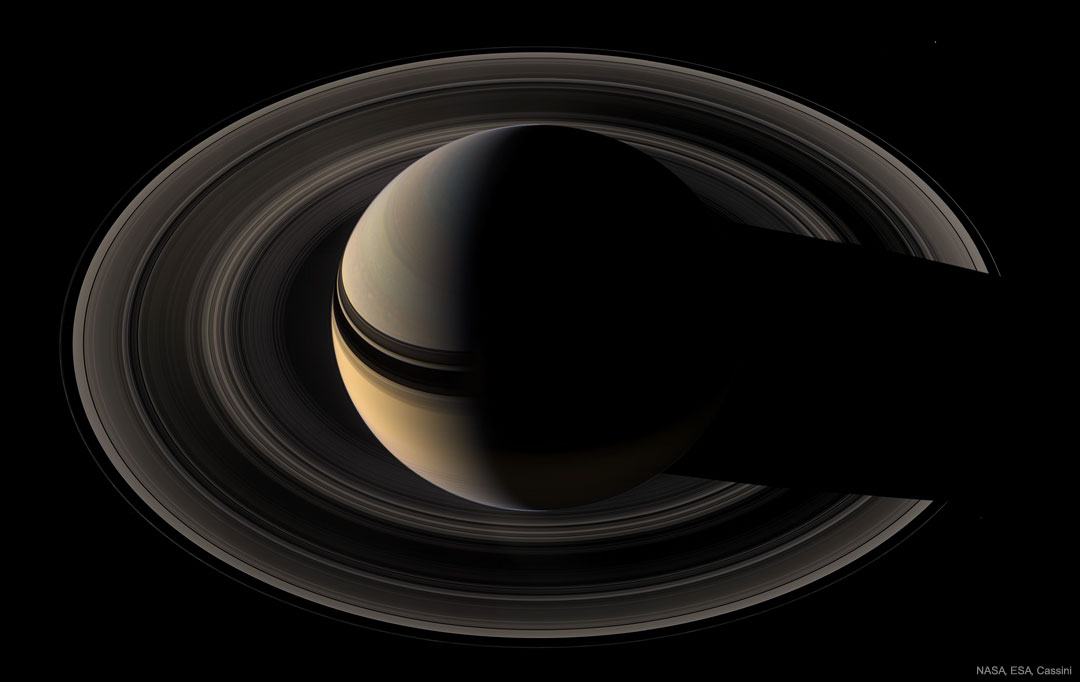"La Traviata - Brindisi"
During the Prom at the Palace event held to celebrate the Queen's Golden Jubilee, 2002.






Image réalisée en 2010 depuis la Station spatiale internationale au cours de l'Expédition 24. © Fyodor Yurchikhin/Russian Space Agency ...
